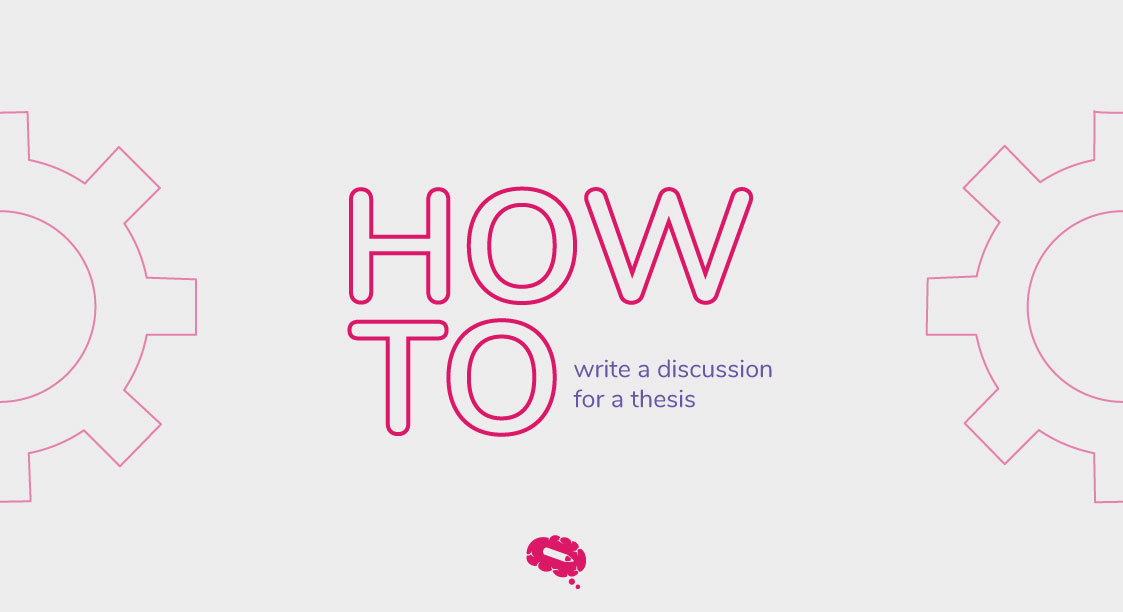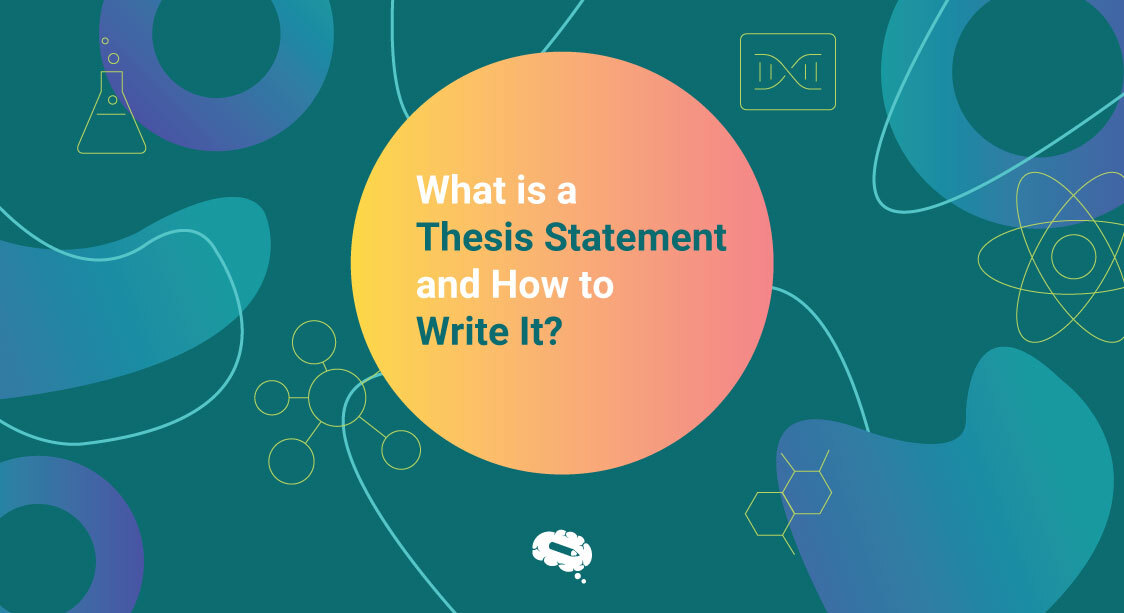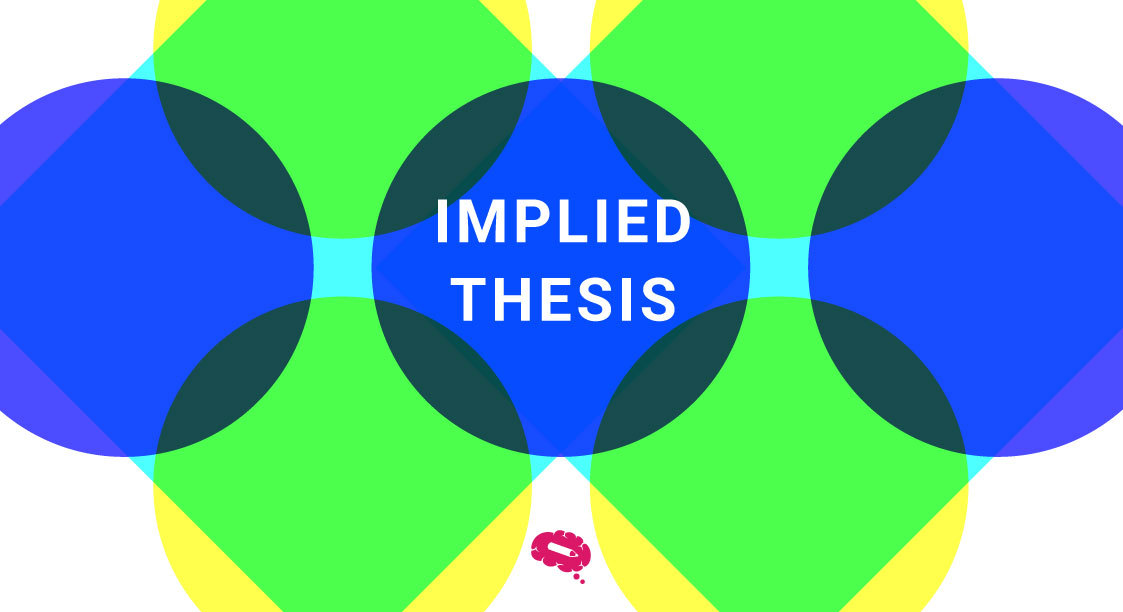When writing the discussion section of a thesis, it is crucial to have a clear understanding of its purpose and function. The discussion section of a thesis serves to analyze and interpret the results obtained from the research conducted. This section provides an opportunity for researchers to critically evaluate and discuss the implications of their findings about the research question or objective. But the question is, “How to write a discussion for a thesis?”. We are here to help! Let us give you some important tips to write an effective discussion section.
Brainstorm Ideas Beforehand
When writing a thesis, brainstorming ideas beforehand is essential to ensure that the discussion of one’s research yields successful and insightful results. Creating an organized list or mind map prior to beginning will help in guiding the scope and vision of your paper. Consider factors specific to the topic you are studying such as relevant role players, literature review sources, potential methods used, etc., while jotting down notes. Afterward, look at it again with fresh eyes and expand on some points further if needed before moving on to outlining key concepts. Make sure that each section is emphasized so they can be highlighted throughout your work easily without losing focus from its purpose statement.
Talking to a friend over a coffee makes a lot of difference. You can also use Mind the Graph (with all new features) to explain to your friend what you are going to include in the discussion. You can take the help of platforms like Miroboard to develop your content and discuss it with your mentors and friends.
Organize Information Logically
As a follow-up question to “How to write a discussion for a thesis?” is “What all needs to be added to the discussion?”, Once all tangible material around the subject matter has been taken into consideration, arrange them in a way that flow of the information is not disturbed. Organize them into headings covering general background information followed by subsections exploring every idea more completely. Add arguments made against particular premise topics that support conclusion development towards harmony within the final. Such a draft makes it an effortless grade-worthy assessment obtainable through thoroughness. As expectations change across different faculties when format composition many students find benefit in taking breaks between drafts. It allows the emergence of something new as compared to what was already crafted. Give yourself time to re-read the draft a couple of times before you proceed with submission.
Background And Overview Of The Study
This section provides an opportunity to analyze the findings in the context of existing literature and theoretical frameworks. A researcher should try to engage readers by giving complete details of what their results are indicating. When obtained results are reviewed carefully it surely leads to the emergence of observations. The purpose of the Discussion section in a thesis is to provide a critical analysis and interpretation of the research findings in relation to the research question or objective. This allows researchers to draw meaningful conclusions, identify limitations of the study, propose recommendations for future research, and provide practical implications for the field of study.
Addressing Previous Studies
The discussion section serves as a platform for researchers to engage in a scholarly dialogue by comparing and contrasting their findings with existing literature and theories. Addressing previous studies in the discussion section of a thesis is critical to building a strong argument. This requires one to carefully review the previous literature, draw connections between it, and critically analyze them to provide meaningful new insights into the current research problem at hand.
Be sure you have all information collected from prior studies available for reference while brainstorming so that any potential relation may come more easily – such as if there are specific theories mentioned throughout different papers used in comparison or supporting evidence found within works by other authors relevant to your own investigation’s results. Additionally, considering how knowledge presented relates both theoretically and practically will help connect pieces together and potentially lead down pathways which had not been explored before then. This type of critical thinking paired with close evaluation is essential for creating a thorough discussion on pertinent topics regarding your thesis subject matter.
After forming relationships related directly back to what was done previously, formulating personal opinions based on those conclusions (but still accurately representing facts) comes second allowing writers room to express themselves without going beyond professional boundaries
Discussing Unanswered Questions
An effective discussion of a research thesis should also explore unanswered questions from the research. This is important as it helps to further develop knowledge and identify potential areas for further analysis, which could be taken on by another researcher or yourself in the future.
Furthermore, it creates an awareness among researchers focusing their attention on certain aspects so they may benefit from other’s inquiries channeling them towards valid solutions giving innovators new ideas drawing inspiration
AnalyZing Limitations Of The Current Study
By highlighting any limitations that were encountered during your investigation, you can show readers what opportunities exist moving forward with this topic more thoroughly than has been done before you. Through discussing these limitations and unresolved questions clear paths are open to take when continuing work on these topics later down the line potentially leading to additional findings through different methods.
Referencing Sources Correctly
Referencing all the sources correctly in the thesis gives the reader a chance to refer to cross reference if needed. It is important to reference all the sources in order to give credit where it’s due. Referencing also helps readers understand the research process and its development, as well as how various works are related or connected.
Moreover, referencing allows researchers to be transparent about their work by providing evidence for any claims made throughout a thesis paper. This transparency makes your arguments more reliable and trustworthy since you can back up every statement that has been written down through proper references from credible academic journals or books. In addition, it will also provide the reader with a better understanding of your paper by allowing them to explore further into the topics you have discussed in more detail and gain deeper insight into these matters.
Referencing is important when writing a thesis because it provides evidence that supports or backs up any claims made throughout its content; this helps strengthen arguments presented within the text while demonstrating thorough research has been conducted prior to producing such work. It should be noted that referencing allows readers to access primary sources for themselves which adds credibility and validity to one’s argumentation due to having direct
E.g: Referencing styles by Oxford Academics
Writing Style Guidelines
Several journals and publication houses would have their format-related guidelines for the article writing. To be able to publish the research it is required to follow their guideline. Academic Universities also follow the latex-based format for thesis, it would be helpful to download the guide and write the section accordingly.
Writing style guidelines help make sure that all parts of your dissertation or thesis look unified and consistent throughout its entirety. It mainly deals with the formatting part such as page margins, font size, and type, which makes sure that every chapter looks similar in terms of presentation even though their content may vary from each other drastically due to the different topics discussed therein.
Use MTG To Explain Your Results In The Discussion Section!
Mind the Graph platform is built to help your research at each stage. Be it abstract formation or result explanation. We are here to make your task easy. With all new graph preparation tools and loads of icons, we bring you new heights to your discussion writing. The platform is equipped to help you incorporate bar graphs, pie charts, and line graphs. The most attractive discussion section is just a click away. For more details Sign Up for free and enjoy browsing through our free templates to help you communicate your observations better.

Subscribe to our newsletter
Exclusive high quality content about effective visual
communication in science.





